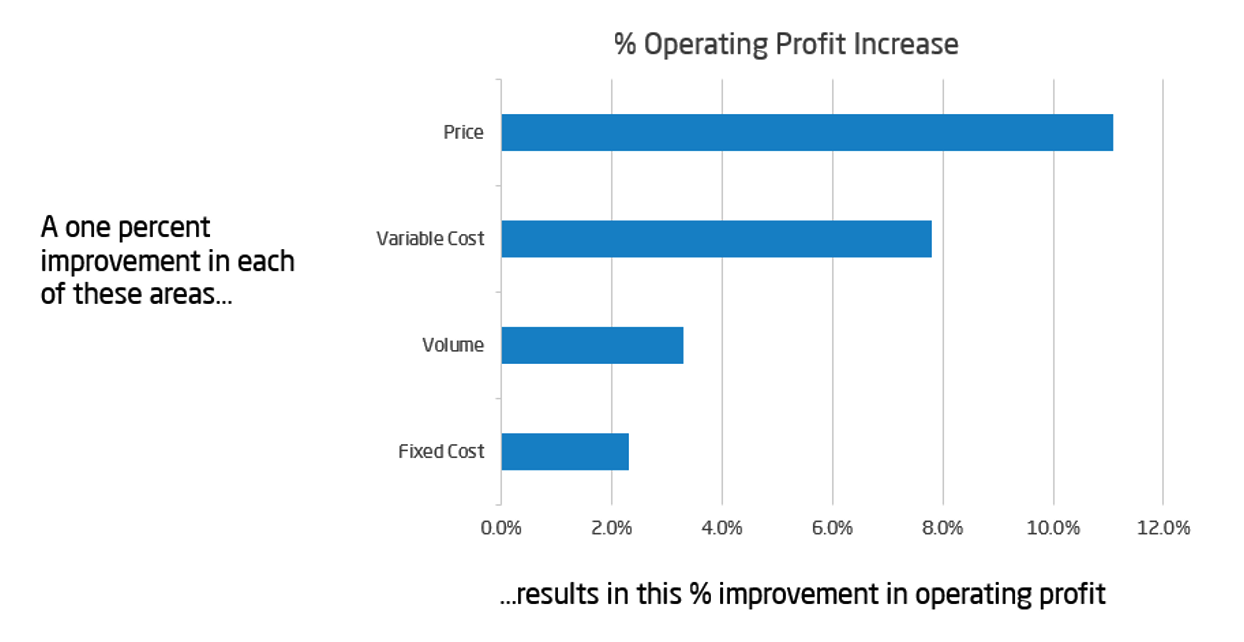
Overall Pricing Effectiveness Takes Lessons from Overall Equipment Effectiveness
by Gabriel Smith | November, 2019
Automation, Control & Plant Intelligence - Articles, Analysis, Reviews, Interviews & Views

by Gabriel Smith | November, 2019

YOU MAY LIKE:
Popular Articles
Manufacturing Insights